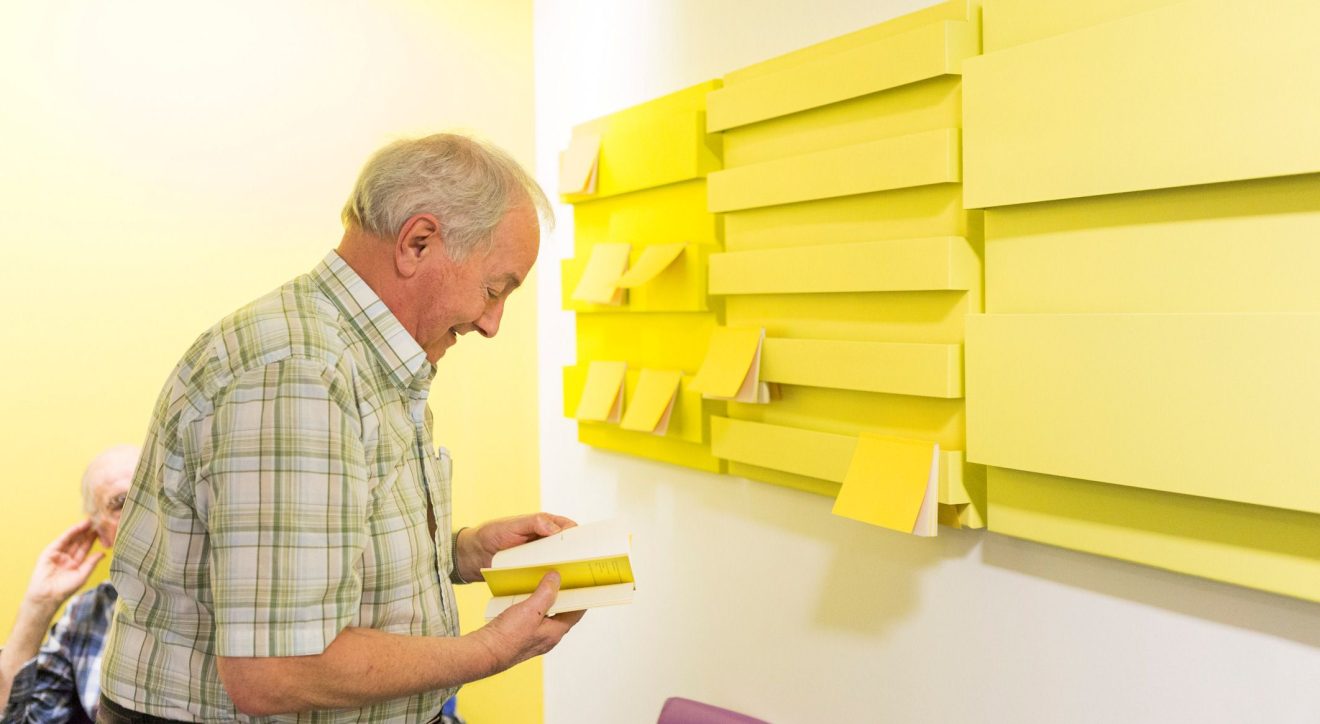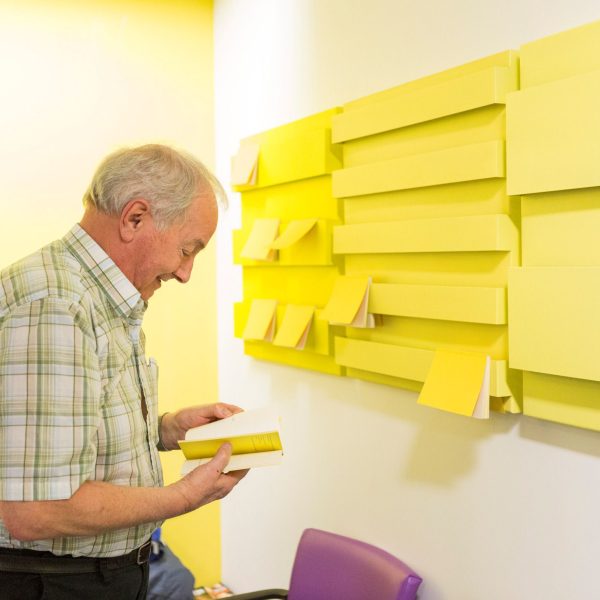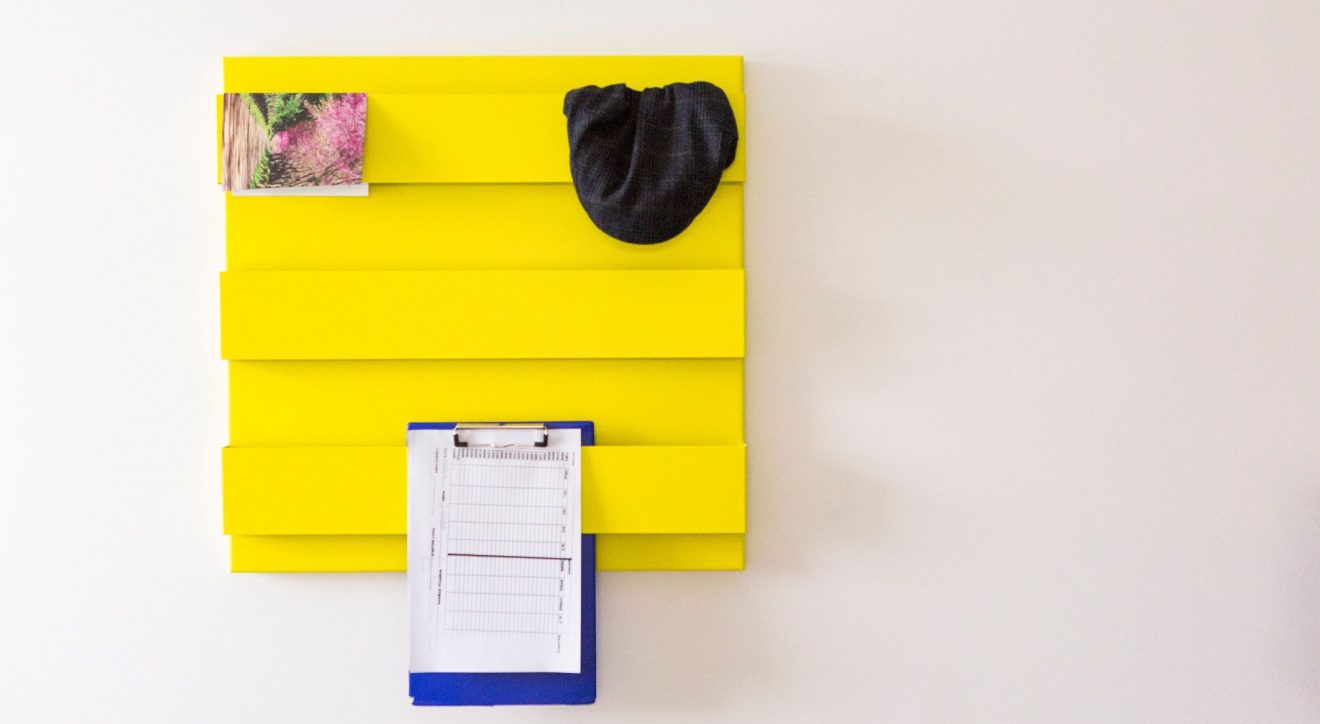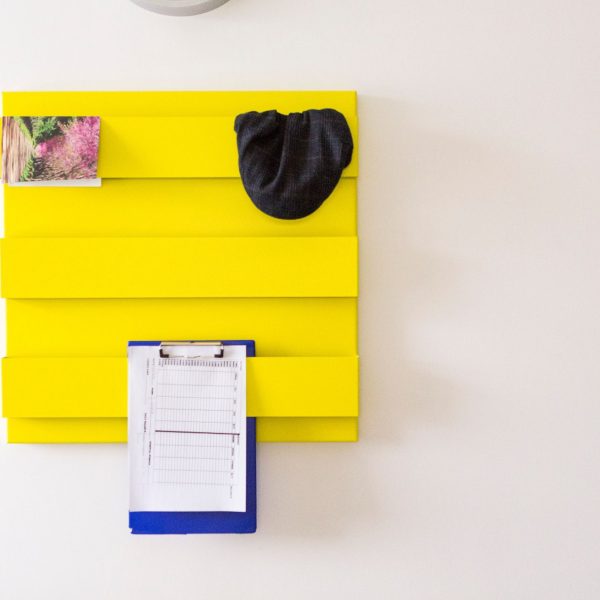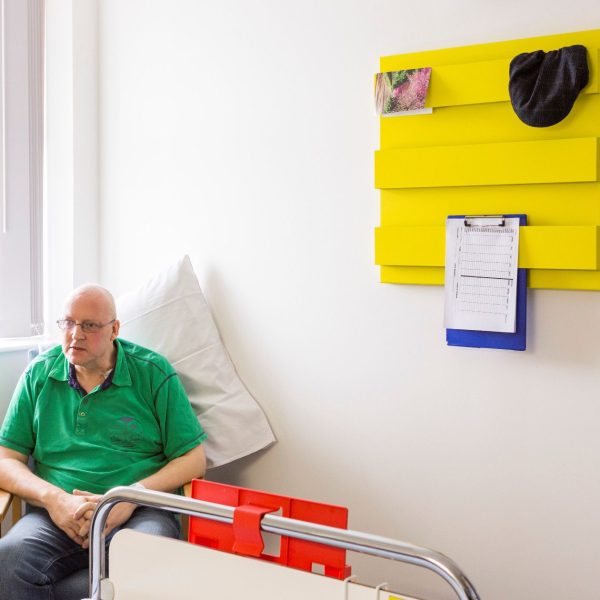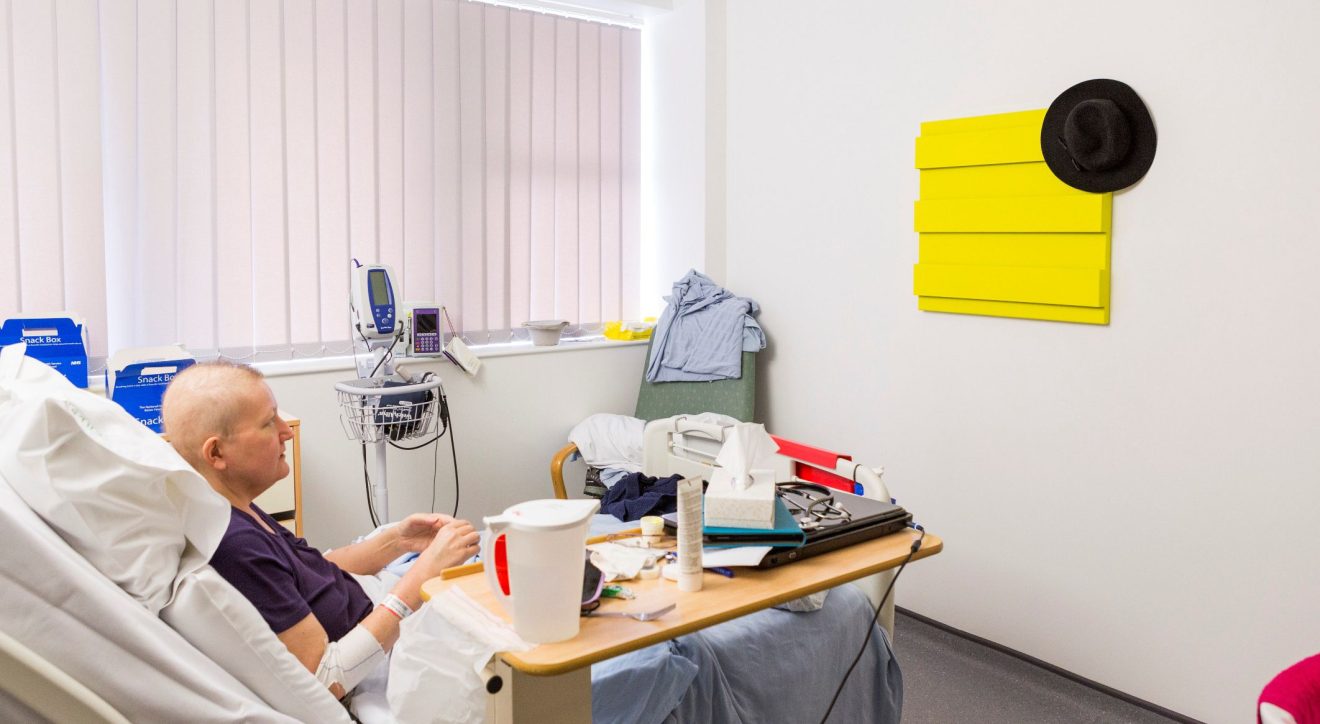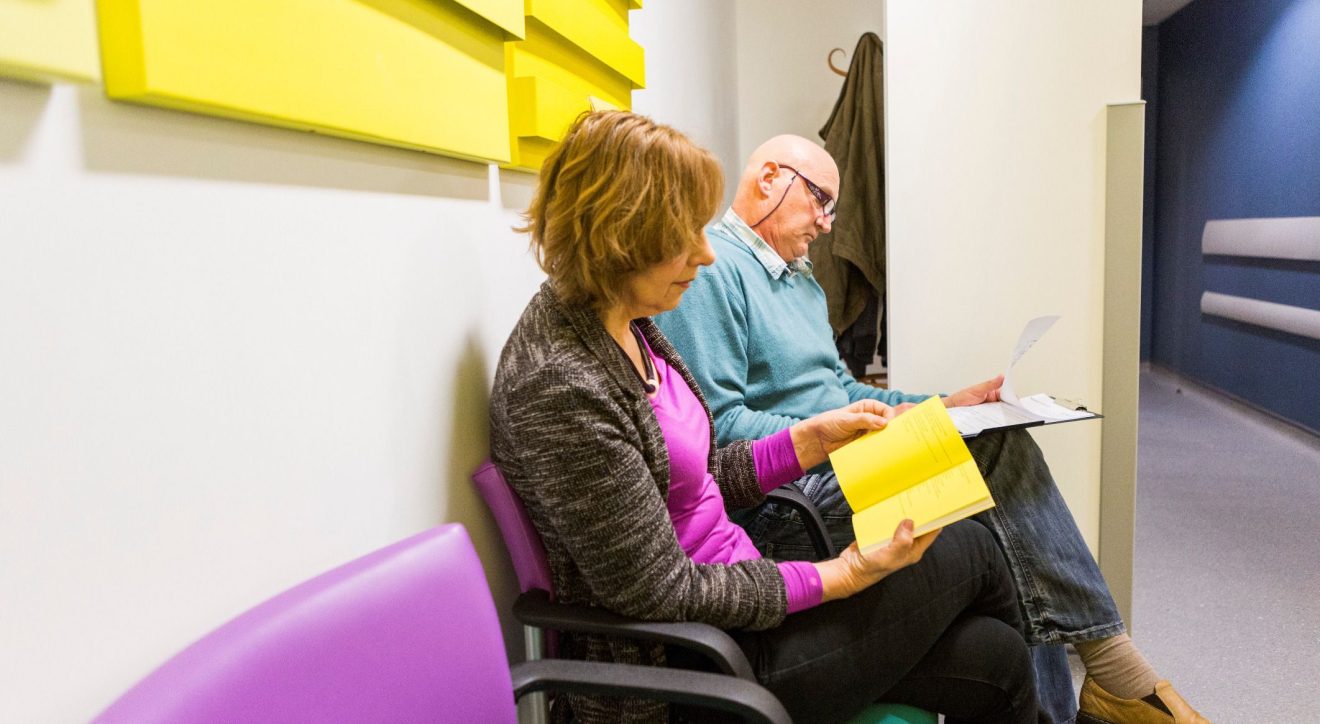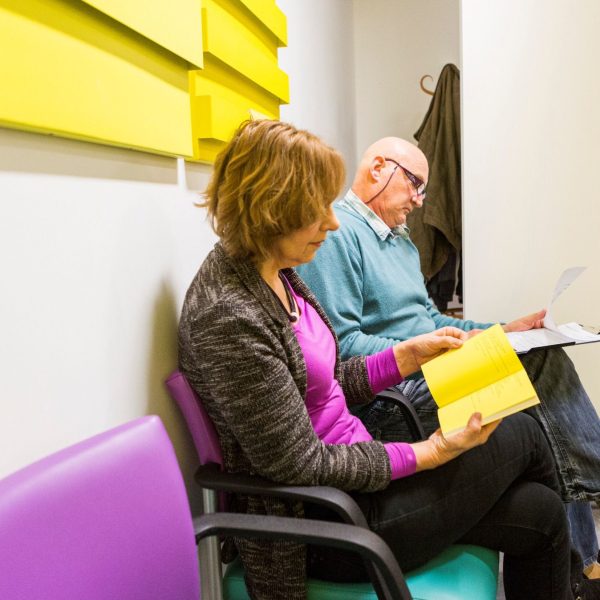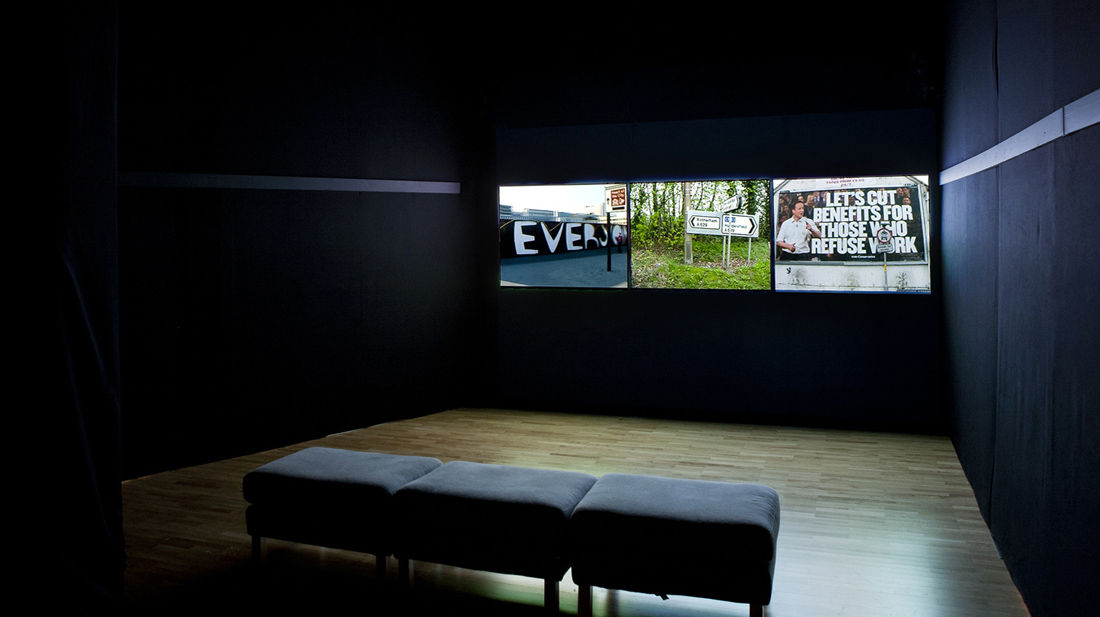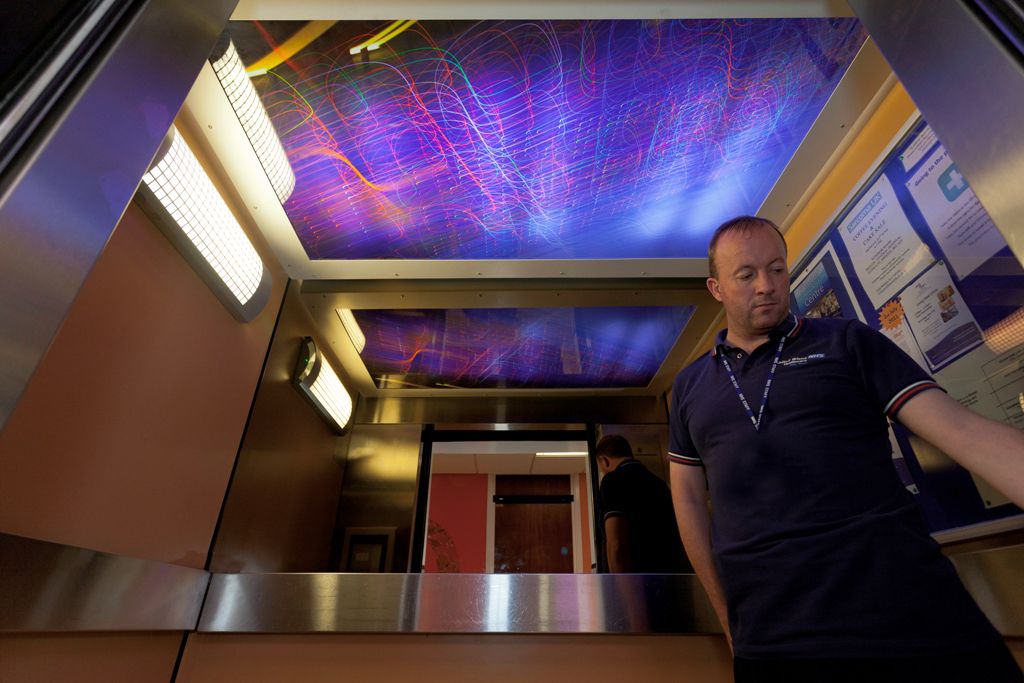
Synopsis
Five steel objects are powder-coated in various shades of yellow. They are manufactured in an unlimited edition and installed throughout a cancer unit. The copyright for these objects is surrendered to the NHS.


Possible Yellow Objects performs a dilemma of the public artwork: the question of function.
This dilemma was manifest in the brief Hutchison received from the project commissioner. It requested ‘Artwork to create a supportive cancer care environment’. According to this commission, the value of the artwork is dictated by its function. However in a traditional sense, art is specifically defined by dysfunction. To fulfil the commission, the artist is obliged to create artwork that is not artwork.
Hutchison’s project embodies this complex tension. Five quasi-functional objects are designed with vertical shelves, dictated by health and safety protocol. Their yellow hues are selected in collaboration with a clinical psychologist, to reinforce mental wellbeing. To this end they meet the terms of the commission. Yet they remain ambivalent: Are they more shelf-like or sculpture-like? More design object or art object?
These objects resist categorisation, and intentionally so. For some, they may function in aesthetic terms. For others, they might offer storage for personal possessions. Ultimately, their meaning exceeds authorial intention. It is continually reconfigured in an ongoing encounter with individual patients.
Possible Yellow Objects performs a dilemma of the public artwork: the question of function.
Possible Yellow Objects is a new commission for the Bristol Haematology and Oncology Centre. It was created by Jeremy Hutchison and managed by Willis Newson.
Jeremy Hutchison (b. 1979) graduated from the Slade School of Fine Art. Having trained in linguistics and written advertising for Coca-Cola, his work plunges a disruptive logic into the smooth mechanisms of industrial production and consumer ideology. Through the manipulation of manufacturing and commercial modes of production, Jeremy Hutchison engages in what he terms ‘rituals of sense- making’. Past projects have included collaborations with employees in factories and supermarkets in Ramallah and Nablus to orchestrating a series of actions. Hutchison creates situations that embrace confusion and propose alternative kinds of logic within commercial environments. In a jeans factory for example Hutchison asked the workers to make jeans that somehow expressed what it was like to be someone making jeans in Nablus. The result was a series of unwearable, awkwardly shaped visual metaphors presented as part of an immersive installation, which questioned the semblance of normality Hutchison experienced during his time spent in the West Bank.In a recent exhibition, Hutchison transformed Paradise Row gallery into the boutique of ERRATUM®, a dysfunctional luxury brand. His work has exhibited internationally, including shows at Saatchi New Sensations, V&A Museum, Zabludowicz Collection, Liste, Grand Union, Z33, Nassauischer Kunstverein Wiesbaden, Tate Britain, and a commission for the Southbank Centre. Earlier this year, he returned from a residency with Delfina Foundation which culminated in a show at London’s ICA in June.
Willis Newson is a leading Bristol-based independent arts consultancy specialising in creative approaches to improving health and wellbeing. It develops public art strategies for new builds and refurbishments, develops and manages public art plans and public engagement programmes, delivers training for artists and performers in healthcare settings and provides advice and guidance on the design and implementation of projects to promote healthy environments and improve health and wellbeing.
